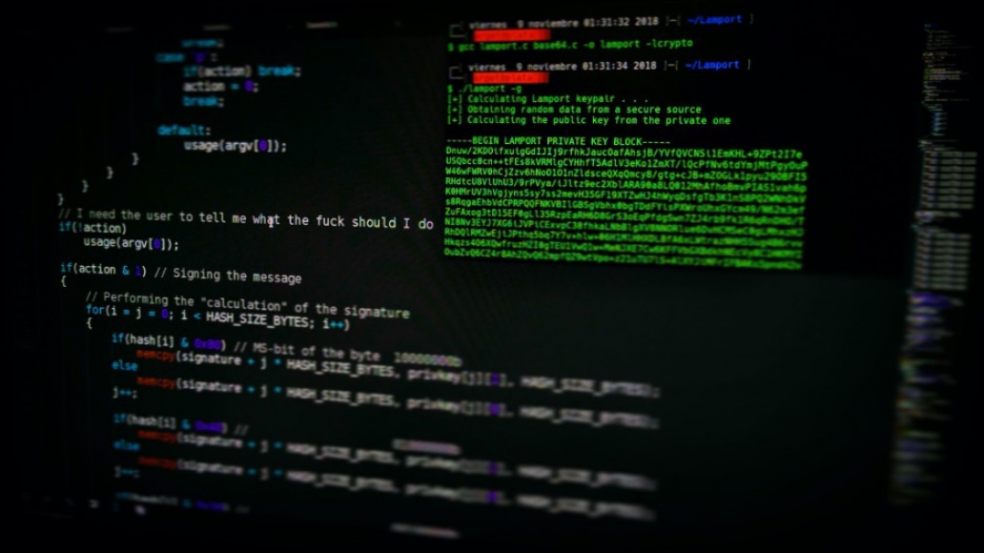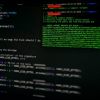
No one is safe from the data breach epidemic
There were more than 8,600 data breaches between 2005 and 2018, exposing more than a billion private information of US citizens. The overwhelming majority of these reports were the result of business hacks. In March 2005, the shoe manufacturer DSW experienced the first data leak, which exposed over a million documents, including people's names and credit card numbers. These attacks have become more frequent since then.
What is a data breach?
When there is a data breach, hackers gain access to personal data, which can then be sold to criminals and used to commit identity fraud. Consumers whose data have been compromised usually learn of the compromise via a letter or other correspondence from the breached entity. Many compromised organisations have free credit monitoring services and warn customers to review their credit records and watch for fraudulent activities on their bank and credit card statements. Despite these safeguards, a compromised company realizes that many customers will no longer feel secure shopping at or using the organization's services.
How do data breaches happen?
A data breach may be as easy as an employee visiting a prohibited website. While it does not seem to be criminal, these unintentional incidents open the door to data leaks, which can be financially devastating to a business. In some instances, it may be cybercriminals sending infected emails that are opened by unwitting recipients. These emails contain malware that allows the hacker to gain access to the mainframe system and steal whatever they want. Employees should ensure that the names of those that they communicate with by email have been checked. Nuwber can assist with this by allowing users to confirm the identity of a contact by telephone number, name, or address. If it is proven that a person is misrepresenting themselves, their messages should be marked as spam and any messages from them should be blocked.
Prohibiting the use of personal devices to log into a company's server is another excellent way to safeguard against data breaches at work. This is helpful because an employee's personal laptop is most likely unencrypted and using it to log into the company's system opens the door for cybercriminals to hack login information and use it to gain access to the company's mainframe.
Individuals are also vulnerable. You may assume that cyber threats only affect large corporations, but it is important to remember that people are also at risk. As a result, extreme caution is required.
What are the most common reasons of data breaches?
1. Weak and Compromised Passwords
While hacking attacks are the most usual cause of data breaches, it is usually a weak or misplaced compromised password that is used by the cybercrook. According to reports, 4 out of every 5 breaches identified as a "hack" were triggered in part by poor or stolen passwords.
2. Application Vulnerabilities and Back Doors
Hackers love to hack poorly coded software or network infrastructure. By leaving gaps in your system hackers can crawl directly through to access your files.
3. Ransomware
Malware both explicit and indirect is becoming more prevalent. Malware is, by definition, any software intentionally designed to cause damage to a computer, server, client, or computer network. It is usually downloaded and allows a hacker to manipulate a device and possibly other related systems.
4. Too Much Access
Access permissions that are too complicated are a hacker's dream. Businesses who do not keep a close eye on who has access to personal data within their organization are likely to have either provided the wrong privileges to a certain individual or given permission for a grinning hacker to misuse!
5. Threats from inside
The old saying "keep your friends close and your enemies closer" couldn't be more appropriate. The crooked employee, the angry worker, or merely someone who isn’t smart enough to know better have already been granted access to your data. What's to stop them from downloading, modifying, or stealing it?
6. User Error
Errors and mistakes happen.
How to protect yourself from a data breach?
Whether or not a data breach has been reported, you should always do everything possible to keep your information secure. Here are few things to think about:
- Create complicated passwords. Use a new one for each account, and change the passwords if a company with which you've recently purchased from is compromised.
- If multi-factor authentication is available, use it. This grants access only after two or more pieces of proof are submitted, usually a password and a key sent to the user by phone, message, or email during login.
- Use a credit card to make purchases. You will have less liability for unauthorized credit card transactions but if your debit card is stolen you will be liable for more than $500 in charges.
- Keep an eye out for fraud. If you get notification of a data leak, contact the provider and ensure that it is genuine.
- Have an eye out for identity fraud. Identity theft is the most common outcome of data breaches worldwide, accounting for 65% of all incidents. If you become a victim of identity theft, notify each credit card provider and ask them to set up fraud notices and freeze your accounts. Then contact the nearest Social Security agency to determine the next steps.
- Receive alerts when transactions are unusual or cross a certain dollar amount. This will alert you to the fact that you've been compromised.
You should be in a better position to avoid being a victim of a data breach. However, nobody is ever completely secure, so taking proactive measures to prevent being compromised will help to protect your personal information and valuable financial information.

















